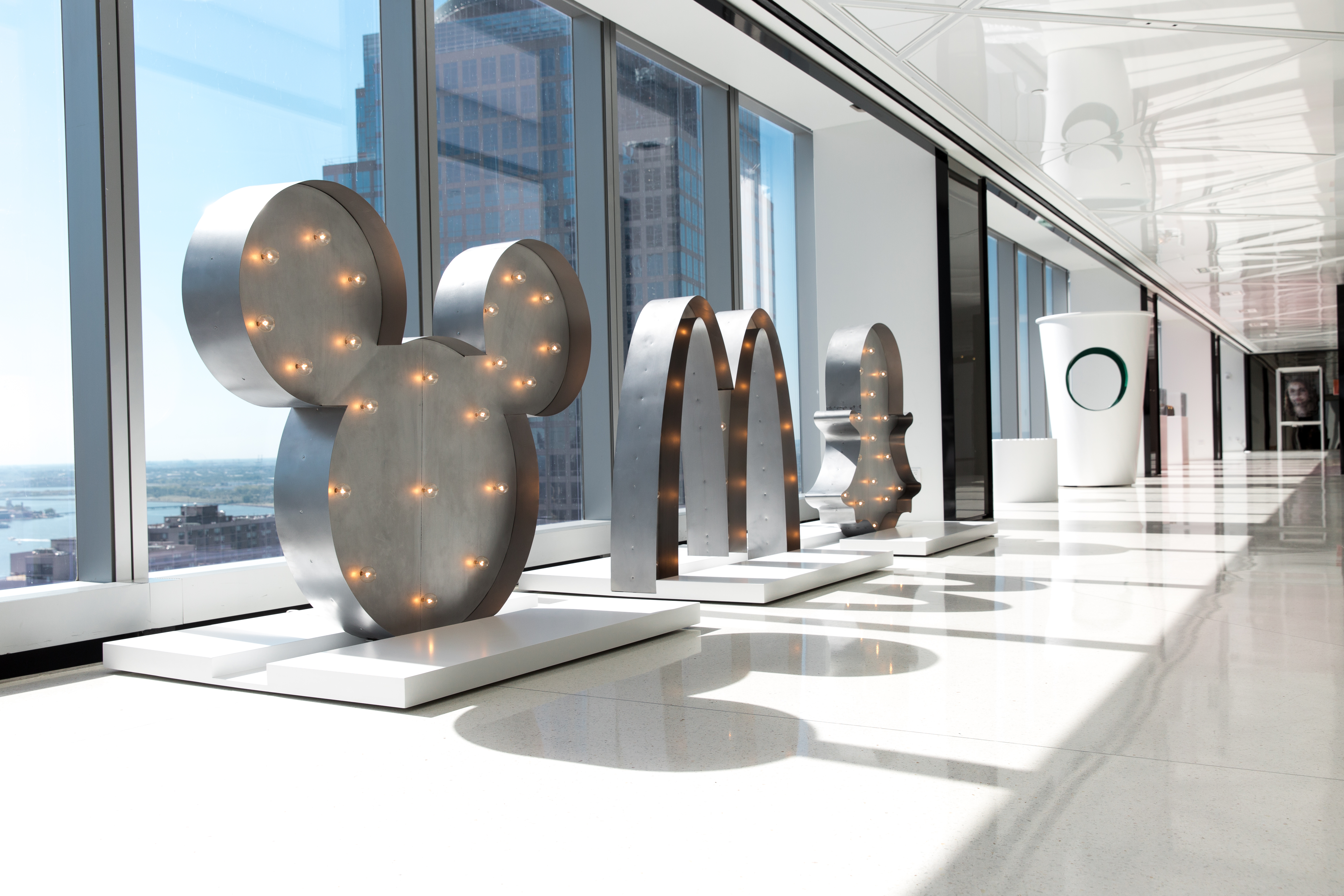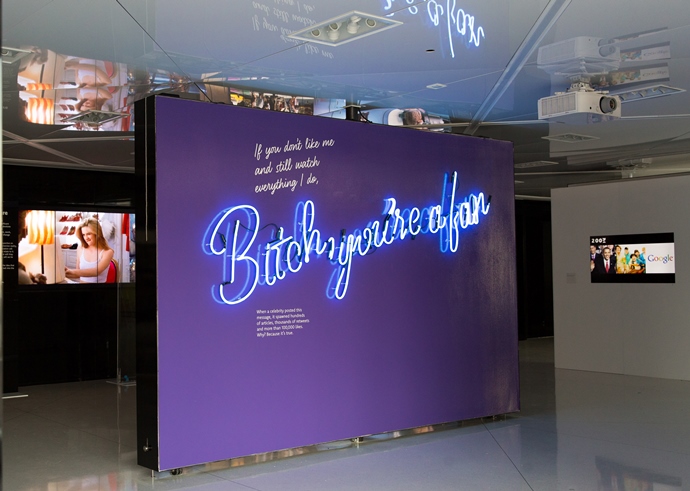Stuart Elliott: Our Bond With Brands Is Tested When Brands Are in Crisis

Never mind all that talk about the basket of deplorables. Lately, consumers are being confronted with a gigantic laundry hamper overflowing with brands that are behaving deplorably and, as a result, find themselves mired in crisis mode. Some of the best-known blue-chip names in marketing are under siege, calling into question their value and, possibly, their survival. And almost all their problems are self-inflicted, impeding efforts to dig out and get back to taking care of business.
In several cases the brand crises date to last year, among them Chipotle, Valeant Pharmaceuticals and Volkswagen. In others, the messes are more recent, such as Fox News, in turmoil because of the Roger Ailes sexual harassment scandal; Mylan, hammered for its overcharging for EpiPens; Samsung, stung over malfunctioning batteries in a new smartphone; the Sugar Association, which was revealed to have paid scientists to downplay links between sugar consumption and heart disease, and Wells Fargo, under scrutiny for foisting accounts onto customers.
It used to be that brand crises -- remember the Perrier benzene contamination scare in 1990? -- primarily were chronicled by the business sections of newspapers, magazines like Business Week and Fortune and trade publications like Advertising Age and Brandweek. Today, with the increasing role that social media is playing in consumer communications, the missteps brands make can become common knowledge to millions or even billions of people in real time.
A brand, according to a classic definition in marketing textbooks, is a promise to a customer, a guarantee that the purveyor of a product or a service will deliver what it says it will. What, then, does it mean when those promises are broken or breached? And what is to become of brands in the future, as technology reshapes marketing, media, retailing and so many other aspects of branding?
Well, funny you should ask, because there's an exhibition that opened in New York on Monday -- timed to coincide with the annual Advertising Week in the city -- addressing those questions and others. The exhibition, called Like Me: Our Bond With Brands, is on display through Oct. 14 at the Condè Nast Gallery on the 34th floor of One World Trade Center.
The exhibition, which debuted last year in London, is the brainchild of Lippincott, the global corporate-identity and brand consultancy that's responsible for everything from the familiar white wave for Coca-Cola (aka the dynamic ribbon) to the Walmart asterisk/star to the recent redesign of the Starbucks logo. The ambitious exhibition, which I was able to preview last week, explores the past, present and future of the power of brands.
"Like it or not, we all have relationships with brands," declares a brochure for the exhibition. "Whether we feel grateful for their partnership or resentful of their persuasion, there's no escaping their intimate involvement in our daily lives."
That is underscored as you enter the exhibition, where your first sight will be of oversized metal sculptures of three famous brand logos -- Disney's Mickey Mouse ears, the McDonald's golden arches and the Snapchat ghost -- festooned in marquee lights (pictured above). As an indication of how fast brands rise and fall these days, the Snapchat logo replaces the logo of Twitter that appeared when the exhibition was in London.
"Who knows what they'll be when we take it to San Francisco next year," mused Heather Stern, Chief Marketing and Communications Officer of Lippincott, one of the executives who accompanied me on the preview tour.
The exhibition is "our ode to what we've done over the last 75 years," Stern said, and is meant to "showcase how we see the world of brand" and help visitors "think about brand in a new way." (Folks who work in the field frequently say "brand" in that fashion instead of "brands" or "the concept of brand and branding.")
Another of my Lippincott tour guides, John Marshall, Chief Strategy and Innovation Officer, pointed out a major change that soon could profoundly affect consumers' relationships with brands. "In a world where the robots are taking over," he said, referring to smart devices that serve as agents, producing or automatically ordering merchandise, "we might not need brand at all."
"If you 3D-print sneakers," he asked, "do you pay extra to put the Nike logo on them?"
Marshall suggested that many of the brands currently in crisis "may disappear over the next 10 years," culled from the herd as a result of their difficulties.
Through the impact of social media, "a lot of brands may go away," he said, but "it's also the way by which a lot of brands are hatching."
Among the more intriguing elements of the exhibition are glass cases along a wall devoted to the value that brands may or may not create. One displays a sweater worn by George Clooney -- or was it? That addresses "the narrative and stories we build behind brands," Stern said. In the other case, side by side, are two Louis Vuitton bags, one the real thing and the other a fabulous fake.
There's also an art piece, a mobile-type sculpture by a Brooklyn artist, Michael Murphy, that's composed of about 200 logos of brands such as Ford, the New York Yankees and Starbucks. Stand back far enough and you'll see that the logos form a portrait of his daughter -- a comment on how people identify with, and are identified by, the brands they like.
The exhibition also features an examination of how movies about the future (e.g., "Ex Machina," "Total Recall") may predict the future of brands and a look at self-expression, selfies and mirrors.
And there's an eye-opening exploration of the meaning of brands in a world of likes and haters, centered on a remark Madonna made on her Instagram account: "If you don't like me and still watch everything I do, Bitch, you're a fan." The final four words are emblazoned on a wall, in neon.

More information about the exhibition, and invitations to attend, are available on a section of the Lippincott website.
The opinions and points of view expressed in this commentary are exclusively the views of the author and do not necessarily represent the views of MediaVillage.com/MyersBizNet, Inc. management or associated bloggers.


